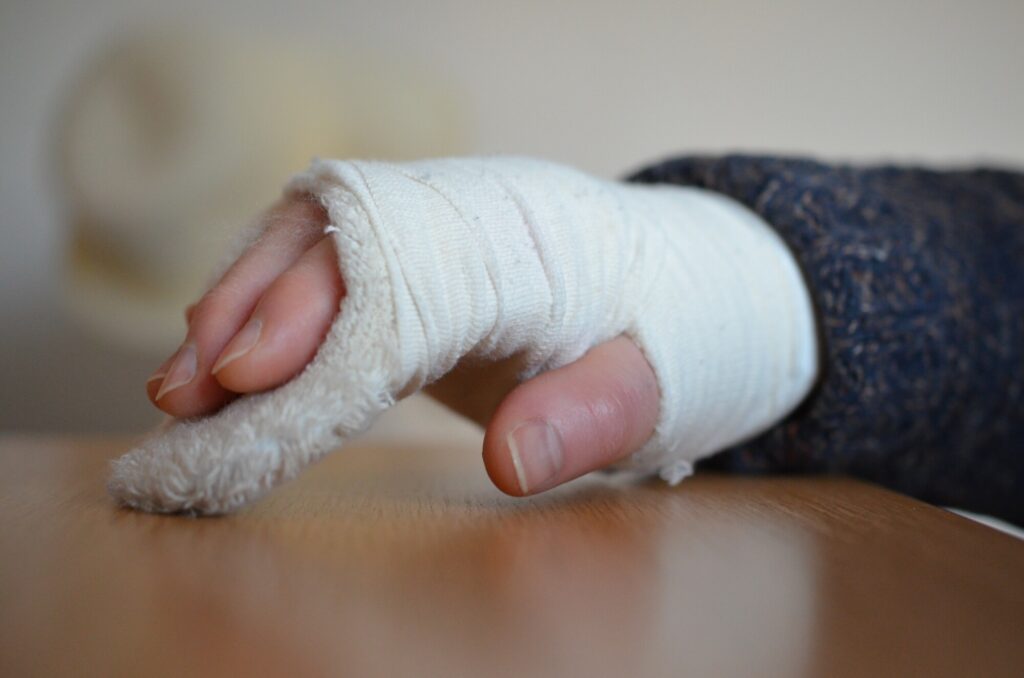Are you interested in learning how to treat a wound?
We all should know how to handle wounds. There are many different types of wounds out there. These can range from small scratches to deep lacerations and general damages. Some can be benign while others can be severe.
The first step when dealing with wounds is first aid. Not sure how to do first aid? If so, check out our top first aid tips below!
Stay Calm and Assess the Situation
The first step when encountering a wound is to remain calm. Assess the situation to determine the severity of the injury.
You can treat minor wounds at home. But, more serious injuries may need professional medical attention. If you’re unsure about the severity, it’s always better to seek medical help.
Wash Your Hands
Before touching the wound, it’s essential to wash your hands thoroughly. Be sure to do it with soap and clean water. This simple step helps prevent the introduction of harmful bacteria to the wound. Doing this will greatly reduce the risk of infection.
Control the Bleeding
If the wound is bleeding, the next step is to control the bleeding. Apply gentle pressure on the wound using a clean cloth or your hand.
Elevating the injured area above the level of the heart can also help reduce blood flow and slow down bleeding. If the bleeding is severe or doesn’t stop after several minutes, seek medical help immediately.
This particular aspect is also discussed in many first aid courses online. You can check out websites like https://cprcertificationnow.com for your first aid or CPR needs.
Clean the Wound
Once the bleeding is under control, it’s time to clean the wound. Gently rinse the wound with cool, clean water to remove any dirt, debris, or bacteria.
Avoid using hydrogen peroxide, alcohol, or iodine. This is because they can damage healthy tissue and delay healing. Pat the area dry with a clean cloth or sterile gauze.
Apply an Antibiotic Ointment and Cover the Wound
After the initial wound care, apply a thin layer of antibiotic ointment to help prevent infection. This will create a barrier against bacteria and promote healing.
Cover the wound with a sterile adhesive bandage or a clean cloth if the cut is larger. Regularly change the dressing and keep an eye out for signs of infection, such as increased redness, swelling, or pus.
Remember, this is only for minor wounds that you can treat at home. For deeper cuts, wounds with jagged edges, or wounds that don’t stop bleeding, it’s crucial to seek professional medical help.
Keep These First Aid Tips in Mind
First aid is important to remember for any emergency. With the above first aid tips, you should be more informed and more than willing to help out in any case.
Don’t be afraid to take matters into your own hands. Your help will be greatly appreciated. Remember, knowledge is power, so keep these tips in mind and help save a life!
If you’re interested in more health & fitness tips, check out more of our articles!
You may also like
-
Effortless Pigmentation Mark Removal: Exploring the Benefits of Yellow Laser Treatment
-
Pelvic Mesh Implants: What You Should Know About Potential Side Effects
-
How to Recover From a Foot Injury
-
Finding Balance: 7 Stores Offering the Best Traditional Chinese Medicine for Stress Relief
-
Sildisoft 100 and Valentine’s: Crafting Moments of Love

